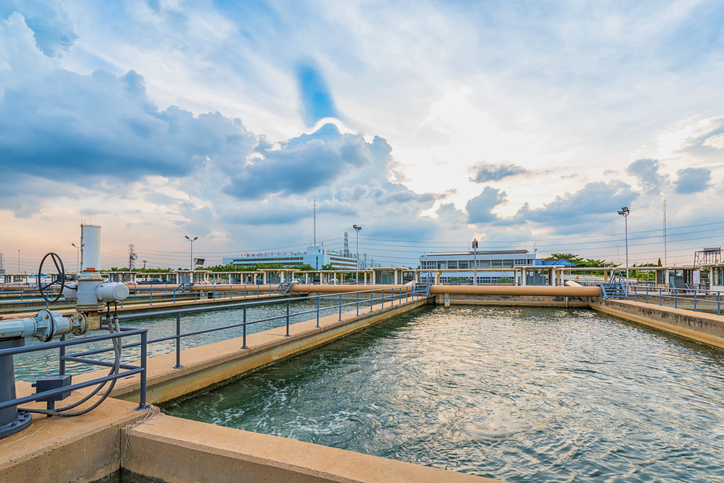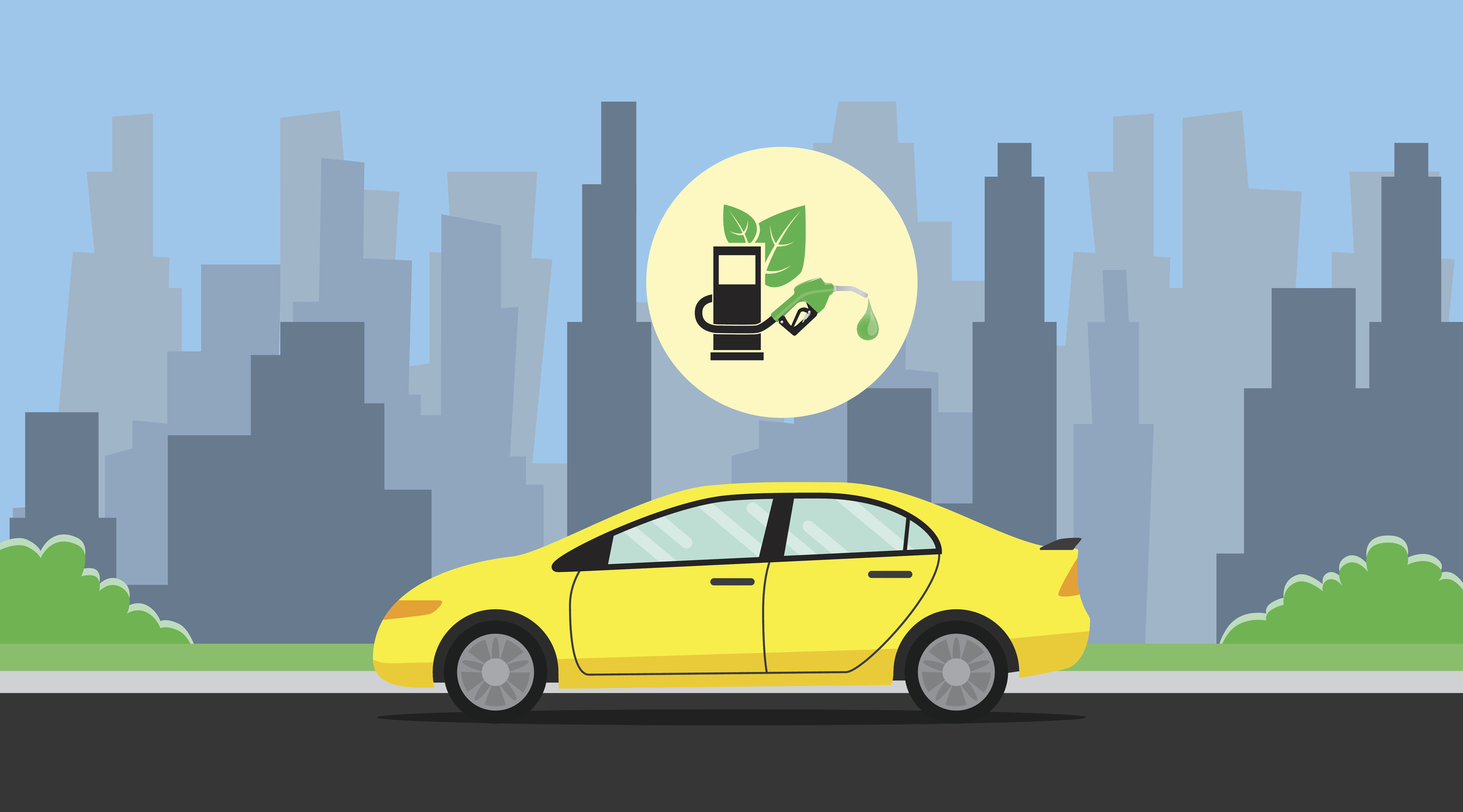 A new study published in the Proceedings of the National Academy of Sciences predicts that as climate change continues to accelerate average temperatures, electrical grids may be unable to meet peak energy needs by the end of the century.
A new study published in the Proceedings of the National Academy of Sciences predicts that as climate change continues to accelerate average temperatures, electrical grids may be unable to meet peak energy needs by the end of the century.
The electrical grid is the central component of energy distribution and consumption. In order to upgrade this massive infrastructure to meet increasing demands, the researchers behind the study estimate nearly $180 billion would have to be invested in the U.S. grid.
This from the study:
As the electricity grid is built to endure maximum load, our findings have significant implications for the construction of costly peak generating capacity.
On top of acknowledging the correlation between increasingly hot days and higher demand for electricity (i.e. increased use of air conditioners and other cooling units), the study also acknowledges how the grid could react to this extra demand for electricity during peak hours of the day.


 In an effort to purify water, researchers from the University at Buffalo are using carbon-dipped paper to make dirty water drinkable.
In an effort to purify water, researchers from the University at Buffalo are using carbon-dipped paper to make dirty water drinkable. New technology that mimics the branches and leaves of a cottonwood tree can generate electricity with the help of the wind.
New technology that mimics the branches and leaves of a cottonwood tree can generate electricity with the help of the wind. New research led by ECS Fellow
New research led by ECS Fellow 
 A new study led by ECS member Haluk Beyenal reveals a novel type of cooperative photosynthesis with potential applications in waste treatment and bioenergy production.
A new study led by ECS member Haluk Beyenal reveals a novel type of cooperative photosynthesis with potential applications in waste treatment and bioenergy production. Biofuels have become a promising potential alternative for traditional fossil fuels. However, producing biofules only make sense if the greenhouse gasses emitted are less than other means of producing energy.
Biofuels have become a promising potential alternative for traditional fossil fuels. However, producing biofules only make sense if the greenhouse gasses emitted are less than other means of producing energy. Recent trends in solar technology have led to transforming mundane surface to energy harvesting powerhouses. First, Elon Musk proposed his new
Recent trends in solar technology have led to transforming mundane surface to energy harvesting powerhouses. First, Elon Musk proposed his new  Water and energy are inextricably linked. The two have shared a long technological and symbolic connection, which has led to what researchers in the field call the energy/water nexus.
Water and energy are inextricably linked. The two have shared a long technological and symbolic connection, which has led to what researchers in the field call the energy/water nexus.